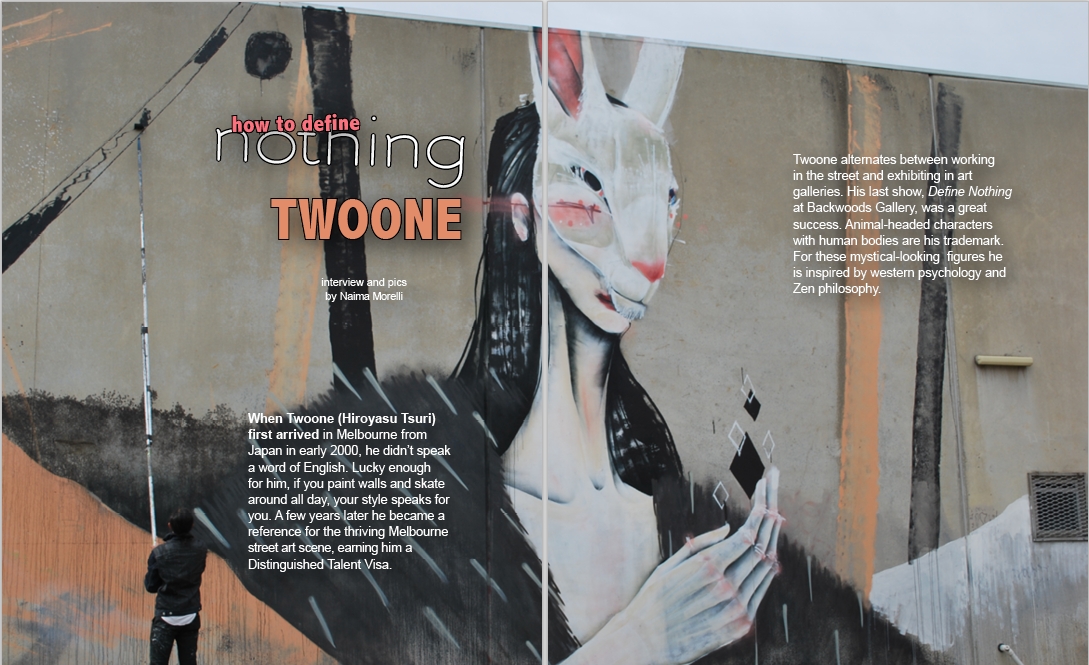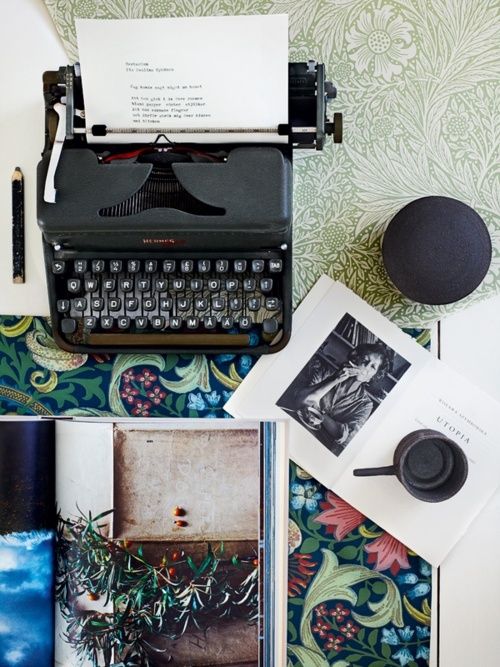
I have always been obsessed with plans for the day and routines. At the same time I know that I can’t stick to a particular routine for more than one month. That’s mainly because I had a double-base this year, Rome and Sorrento, so I need to continuously review my routine plan.
In Rome it’s harder to have a routine, since there are things to do all the time and life is quite hectic and unpredictable.
On the other hand, when I’m in Sorrento, I get back to my antisocial behaviour, and it’s much easier to stick to a routine and be productive. I have been away from Rome for almost a month now, so I had all the time I needed to establish a routine that really works for me and makes me happy. Here how it went so far:
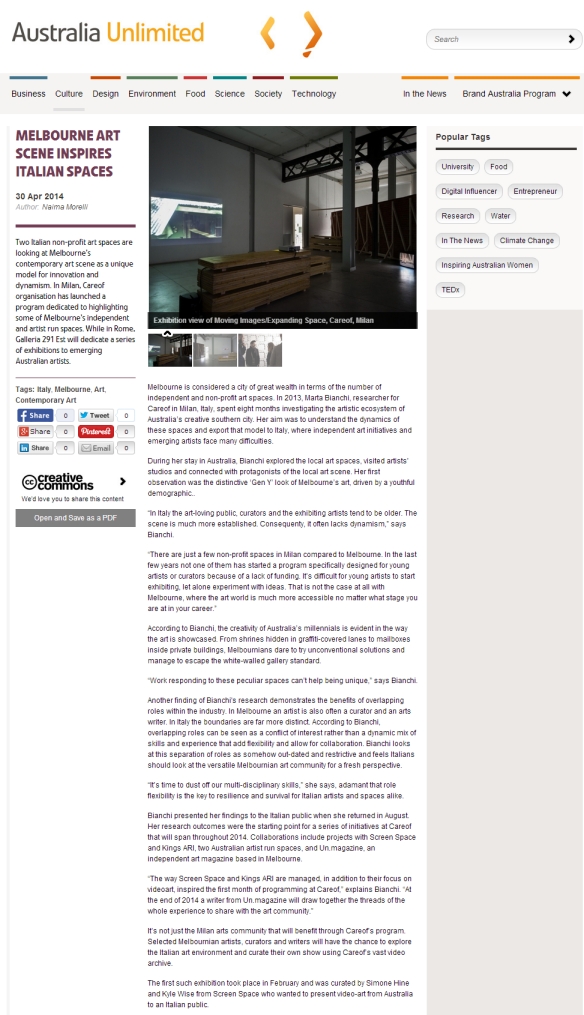
The web-magazine Australia Unlimited has just published my article about Italian non-profit art spaces looking at Melbourne’s contemporary art scene as a unique model for innovation and dynamism. The article is part of my reportage about emerging artists in Melbourne.
Read More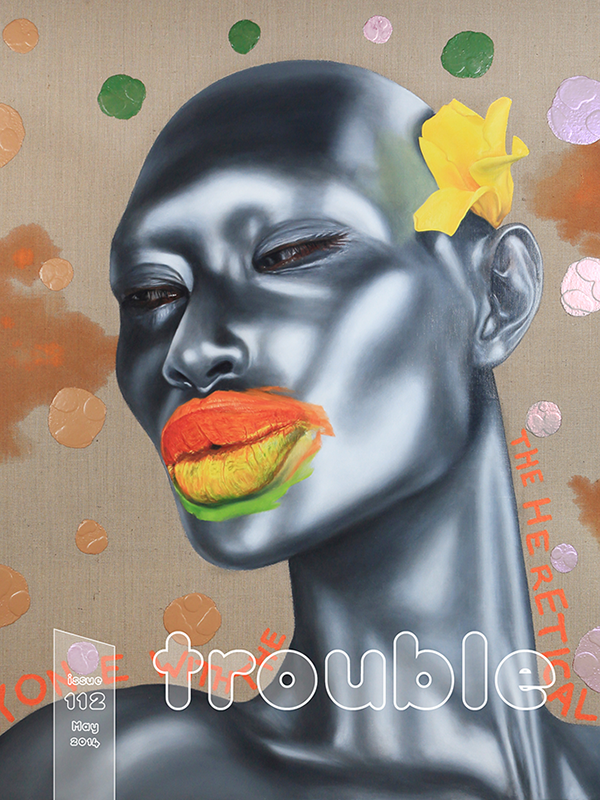
My interview with artist Ashley Bickerton “Artists are dyed poodles dancing through fiery hoops for the one percent”, is the cover story of the Australian magazine Trouble. (My second cover story on Trouble after Bindi Cole!)
The interview is part of my reportage about contemporary art in Indonesia.
Here the link to the interview
Here the link to the online version of the magazine
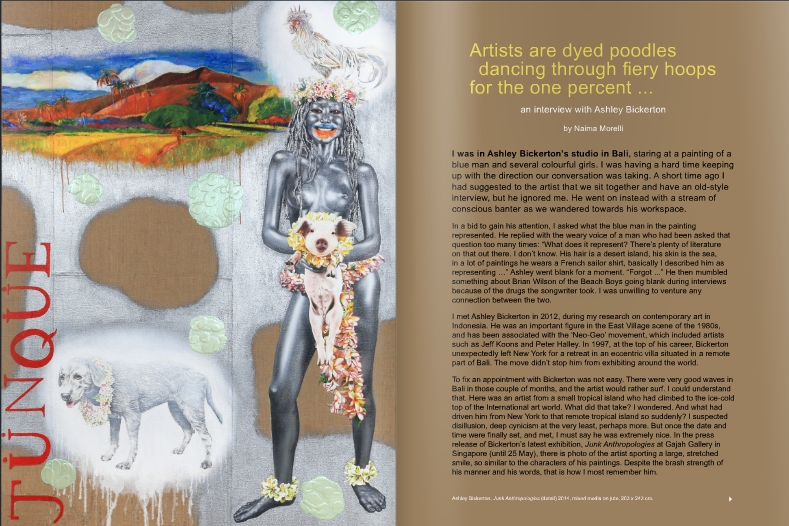

It’s Easter holidays and instead of camping and picnicking in random green spots in Sorrento, as it’s tradition over here, I’m working on a new book.
This will be a narrative essay about the challenges of being a young artist. The setting is Melbourne, Australia, but the book will be a snapshot of a moment of an artist’s career all over the world.
This book has a lighter tone compared to my Indonesian one (which is now going through the editing process in case you were wondering). With the Indonesian book I had to tackle pretty serious themes, since the country’s history has been pretty turbulent; while younger artists are lured by an often misleading market, established artists have to come to terms with the country’s political and social issues. Years of colonialism, dictatorship and struggles have very deeply influenced the contemporary artists in Indonesia.
Australia didn’t have that on a superficial level. The tragedies concerning Indigenous Australians or the aggressive Australian policies towards migrants – to name just two – don’t really register as their own to young, mostly white, Australians.
The focus of my book will still be contemporary art in relation with its context, but this time I want to be more personal. How to get a living when you have always thought that everything you would have to do in life was art? I heard this question by many of my artist friends and I also asked it to myself more than once.
The Melbournian system and the Australian way have some answers, but they pose also some new challenges. In this book I will give my take on the problem through my experience and the 40 voices of people I’ve interviewed in Australia. I’m interested in showing the good sides of the ecosystem in Melbourne and explaining how that could be beneficial for an artist who is interested in having a career.

ITA:
Il giovane artista Robberto è recentemente tornato da Los Angeles dove ha esposto nella galleria Madhood Temporary (qui il mio comunicato stampa).
Una settimana fa ci siamo incontrati su sua richiesta al Verano, uno dei cimiteri più belli di Roma – almeno credo, non sono un’esperta in materia – e abbiamo chiacchierato riguardo l’esperienza dell’artista a LA, le opere realizzate lì, il mondo dell’arte americano a confronto con quello italiano e così via.
Sono stata a lungo combattuta sul pubblicare o meno sul mio blog l’audiointervista nella sua interezza. Sebbene mi trovi d’accordo sul disappunto e la disillusione di Robberto riguardo al mondo dell’arte italiano, mi piacerebbe essere comunque portatrice di una visione ottimista.
Nell’intervista però si trovano anche dei momenti di grande afflato e bellezza dove Robberto parla con passione della propria arte e di come, nonostante le difficoltà, non possa rinunciarci. Siccome gli artisti non vanno censurati, sopratutto quelli che si esprimono rispetto ad una condizione condivisa, ecco Robberto in tutta la sua incazzatura.
EN:
Italian emerging artist Robberto is back from Los Angeles where he recently had an exhibition called “Fake Skin” at Madhood Temporary (here my press release).
A week ago he asked me to meet at the Verano, Rome’s biggest and the most beautiful cemetery I suppose – I’m not an expert of cemeteries so I can’t make comparisons- and we had a conversation about his experience in LA, the US art world vs the Italian one, his art and so forth.
Until the last minute I didn’t know if I wanted to post the entire audio record on my blog or not. Robberto turned out to have a very disillusioned and bitter opinion of the Italian art world and, even if I share his concerns, I would rather have an optimistic attitude.
Then I thought about the parts of the interview where he talks about the joy and the inevitability of art making, and I thought that could be very inspiring.
I don’t really feel I should censure artists, so I decided to post the interview, unfortunately available only in Italian.
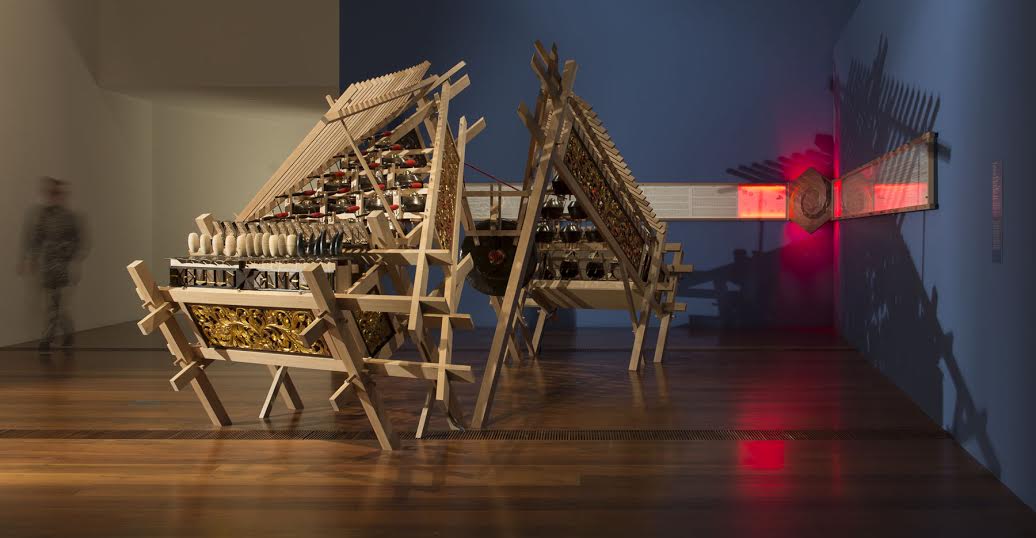
What the National Gallery of Victoria is trying to do with the Melbourne Now exhibition is to define the identity of Melbourne through its cultural practices, with a special focus on contemporary art.
I’m in Italy now, ironically writing my book about emerging artists in Melbourne, so I couldn’t visit the exhibition. Luckily my Australian friends and the artists that I have interviewed always keep me updated.
Some time ago I got a mail from artist Danius Kesminas, who told me about his new project with Slave Pianos for Melbourne Now, called Gamelan sisters (Sedulur gamelan). I posted some images, which gives you the feeling of this evocative machinery. On Slave Pianos’ website I find more information about it:
“Sedulur Gamelan (Gamelan Sisters) consists of two interlocking wooden structures that reconfigure elements of traditional Javanese architecture through the De Stijl philosophical principles of neoplasticism to create an abstraction of an 18th century double grand piano.
Read More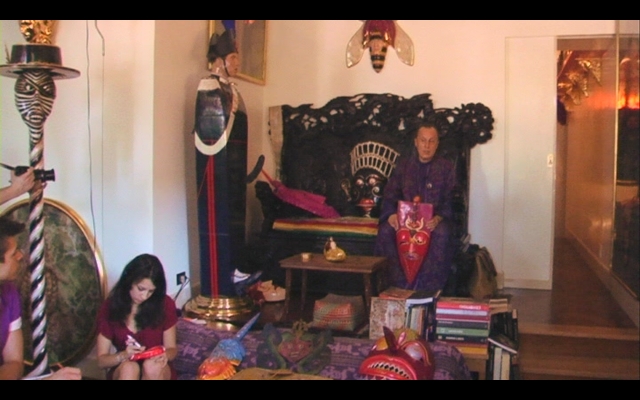
Three years ago Isabella Tirelli, artist and professor at the Art Academy in Rome started a video project called “Dialogo con l’artista”.
The project was based on collective interviews to artists in their studio and was realized under the direction of videomaker Leonardo Settimelli.
Tirelli gathered students and ex students from the Art Academy – I fell into the latter category – and we visited the studios of the most amazing artists in Rome.
The most notable visit for me was certainly the one to Luigi Ontani’s studio in Piazza Popolo.
I wrote about Luigi Ontani work before (for this blog, Artribune and I-Magazine Bali) and I obviously love his art. Who doesn’t afterall?
Once I was in Naples and, going down the Museo Madre’s stairs, I saw Ontani around the corner. I was wearing his typical blue silk suit and there were two guys literally throwing at his feet whispering:”Maestro… maestro…”. Even if Ontani’s physical presence is enough inspire devotion among many, the artist himself is much more down-to-earth than his public persona.

I recently visited the studio of artist Alessandro Cannistrà in San Lorenzo.
It consisted in a white, neat room, pretty bare, except for some books, stucked in an arch in the wall over the door, and a black sofa with some black hats on it.
“This is an original gaucho hat.” he said grabbing a wide-brimmed leather hat on top of the stack “I bought it in Argentina, during my artist residency in Buenos Aires”.
Alessandro has travelled quite a bit lately and he recently relocated in Rome. His work keep on travelling internationally through exhibition and fairs, that’s why his studio was almost empty at the moment.
My attention was attracted by some 3D reconstructions that were pinpointed on the wall.
“Is that what are you working on at the moment?” I asked
Alessandro explained me that he was working on these pyramids for his new solo exhibition at Toselli Gallery, in Milan, curated by Luca Tomìo. The title was “Oggetto di Pensiero”, namely “Object of thinking”, and will open on March 28.

Milan is a strange city. It’s not like Rome, where beauty is blatant and majestic.
Milan is more discreet, its beauties are hidden and only locals and curious people living there for a long time are aware of them.
Sometimes it feels like falling down the rabbit hole. What I mean is that you wouldn’t expect to find conceptual art, Dan Flavin to be precise, in a quiet suburbia at the end of the green line, Abbiategrasso (which in an English translation sounds like “Be fat”).
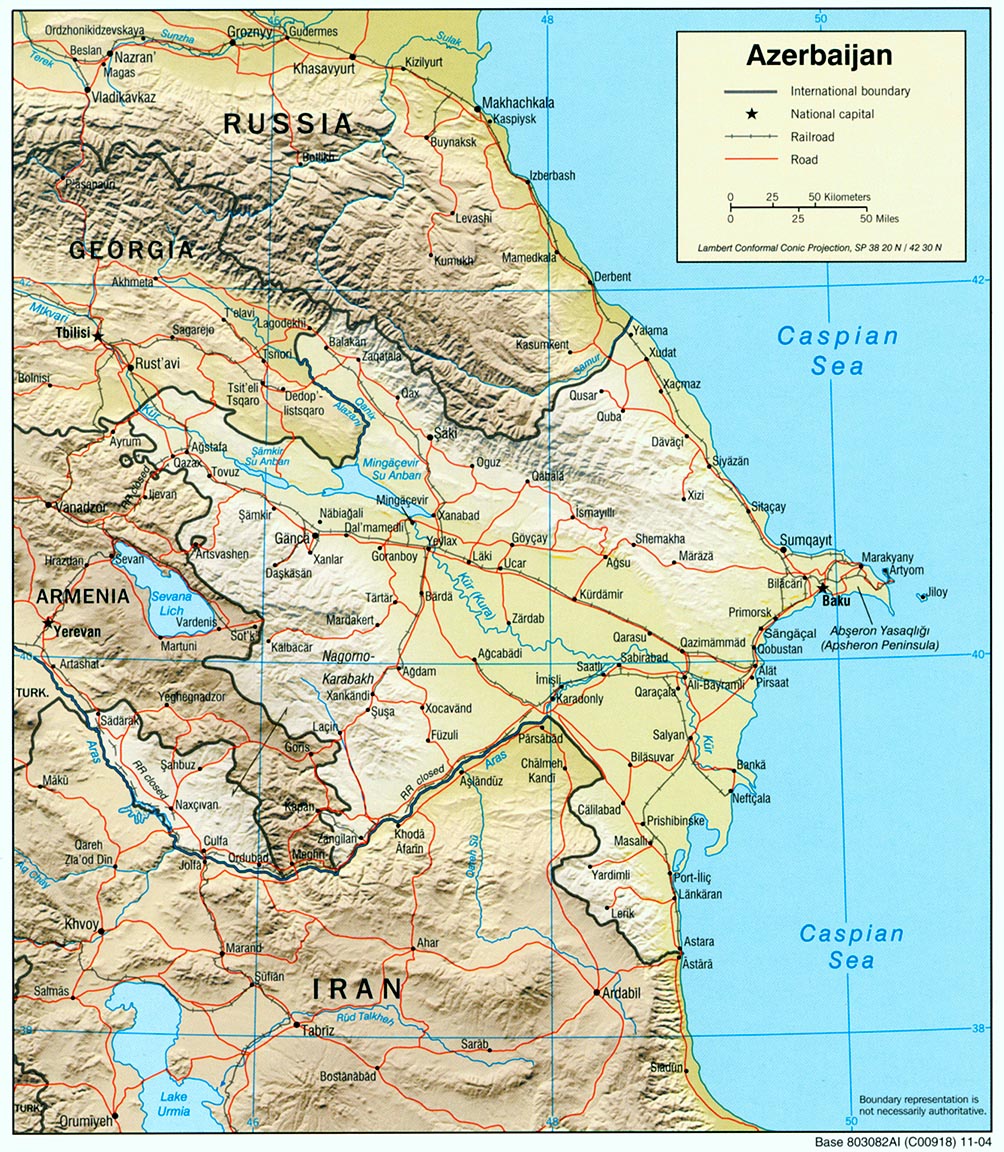
This year I will be busy finalizing my Indonesian book project and organizing the material from the Melbourne reportage.
In the meantime I can’t help reading articles about contemporary art in countries that I would like to visit.
That’s why I decided to start this column on my blog, gathering links and images for hypotetical art reportages in the future. You never know!
I want to start with Azerbaijan. Its pavillion already catch my attention during the last Venice Biennale. If you’re interesting in knowing more about contemporary art in this country, here a digest of links:
Read More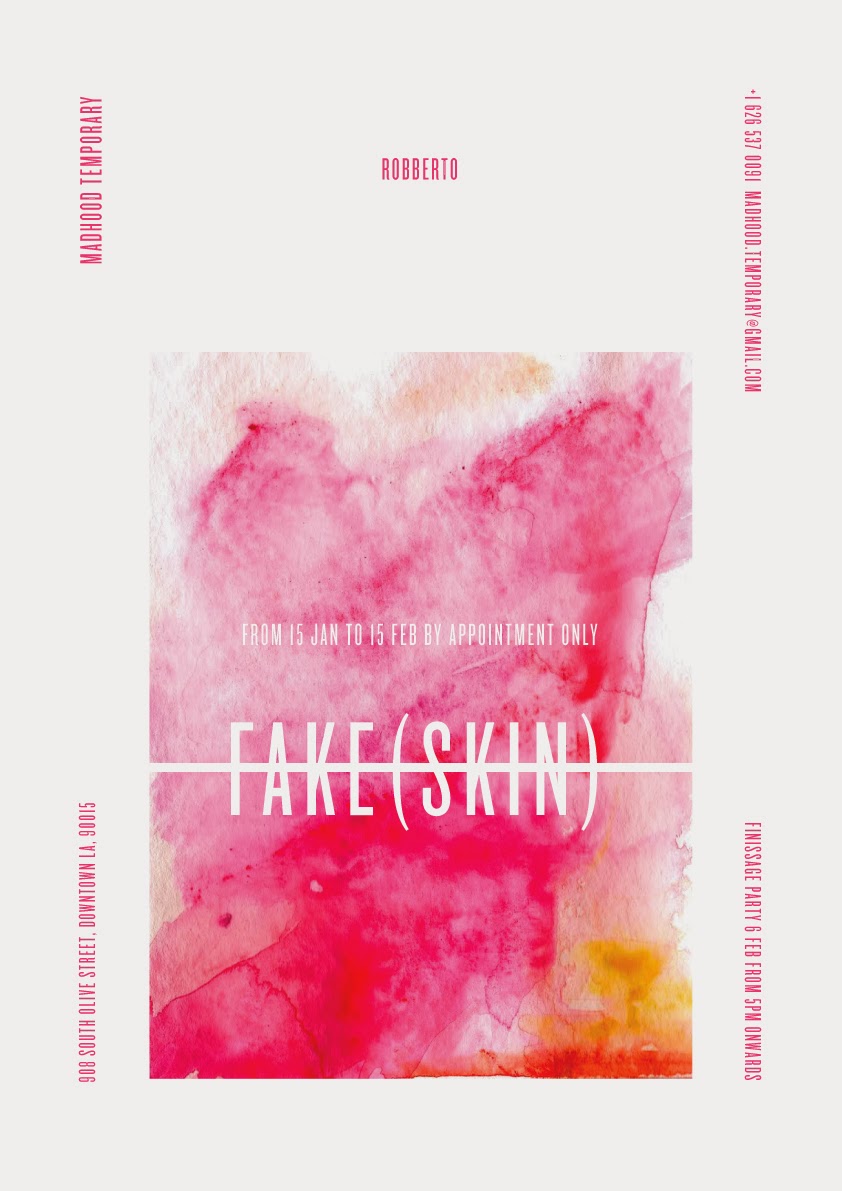
Robberto is a talented emerging Italian artist that I have been not only following but also collecting.
I recently wrote the text for his exhibition Fake (Skin), now on at Madhood Temporary in Los Angeles. I posted it below along with some pictures that Robberto sent me as a preview.
FAKE (SKIN)
For his first solo show in the United States, Robberto is presenting a new series of work realized during his stay in Los Angeles.
His research starts from a linguistic observation around the meaning of the word buck, that is used for call “dollars ”
The artist decided to go deeper into this duality and study the etymology of this expression, finding out that buck is the abbreviation of buckskin, a common medium of exchange in trading between the natives and the Europeans.
There are documents from 1748 saying “Every cask of Whiskey shall be sold to you [Indians] for 5 Bucks.” The transition from buckskin to dollars seems only natural.
This finding leads the artist to think about the perception of wildlife and nature in the city of Los Angeles.
He reached the conclusion that the nature in town, is just a fake perception of the real natural environment and that the trees, the water and the animals have just been pushed in 150 years, a really short time, to cohabit together with 20 millions of peoples, this created in him a feeling of displacement.
